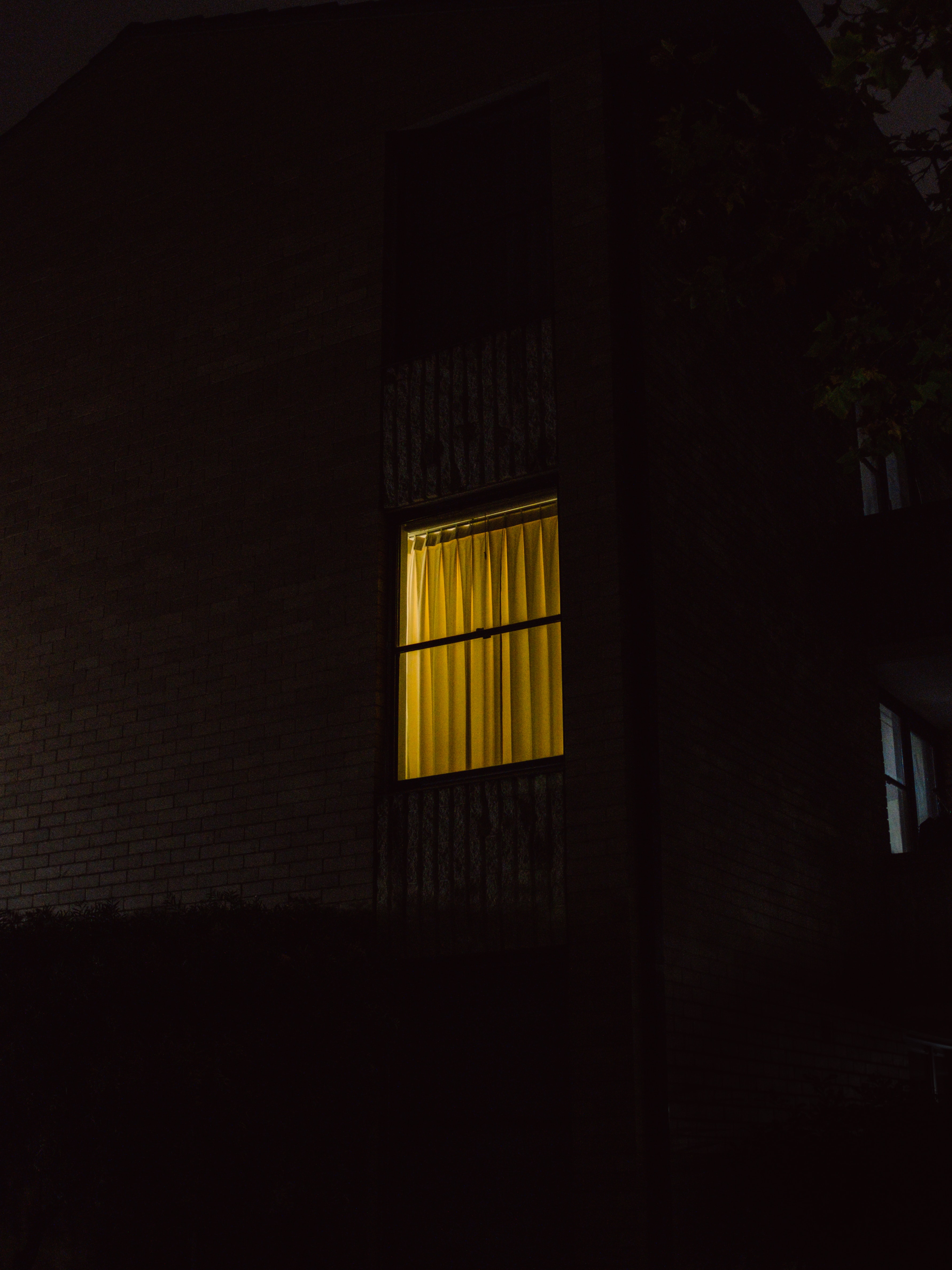
Bach’s Goldberg Variations are a musical peak that almost all major pianists have attempted to scale over the course of time. A fascinating piece that continues to hold mysteries to this day.
In 1741, a new work by Johann Sebastian Bach was published by the Nuremberg music engraver Balthasar Schmid: Aria with diverse variations for a harpsichord with two manuals Composed for Music Lovers to Refresh their Spirits. Later, this work was given the more manageable, nicer and imaginative title, the Goldberg Variations.
The name is related to the circumstances in which it was written – at least if you believe Johann Nikolaus Forkel, the composer’s first biographer. According to his book, published in 1802, the Goldberg Variations are “thanks to the initiative of the former Russian ambassador to the electoral court of Saxony, Count Kaiserling”. The Count was often ill and, according to Forkel, often had sleepless nights. Johann Gottlieb Goldberg, the count’s private musician, “who lived in his house, had to spend the night in an antechamber, so as to play for him. Once the Count mentioned in Bach’s presence that he would like to have some clavier pieces for Goldberg, which should be of such a gentle and somewhat lively character that he might be a little cheered up by them in his sleepless nights”.
The variations consequently take their popular name from their supposed first player. No one knows where Forkel got this story from. Perhaps it was told to him by Bach’s eldest sons, who were, however, long gone from Leipzig at the time the work was written. Various objections have been raised against this story: why did Bach not dedicate the work to Kaiserling? Did Bach really entrust a work of sometimes immense technical difficulty and great expressive depth to his pupil Johann Gottlieb Goldberg, who in 1741 was only 14 years old?
These objections do not yet relegate Forkel’s narrative to the realm of fiction. For one thing, no part of the Clavieruebungen bears a dedication. For another, the technical and interpretational challenges of some variations lie beyond what was common at the time – many of them, incidentally, are not all that difficult – but should one expect anything else from a work that Bach included as the fourth part of his Clavieruebungen?
Soothing sleeping music?
Forkel’s story is often smugly distorted in the sense that the Count ordered music to put him to sleep – even Glenn Gould, long considered the best interpreter of the work, read from Forkel’s account that the variations were ordered as “soothing sleeping pills”.
In fact, Forkel’s report says the opposite, as the Count actually ordered “some clavier pieces ... that he might be a little cheered up by them in his sleepless nights”. Chronic insomnia is a torment and can lead to depression. The Count’s request is therefore by no means frivolous, but has an almost mythological or biblical dimension: “When the evil spirit from God was upon Saul, that David took an harp, and played with his hand: so Saul was refreshed, and was well, and the evil spirit departed from him.”
This account from the 16th chapter of the First Book of Samuel was considered in the Baroque period to be one of the central sources on the spiritual effects of music. In his major study on the concept of music in the German Baroque musicologist Rolf Dammann summarises: “In particular, it is melancholy, madness and irascibility that are effectively counteracted by music.”

The basis of the Goldberg Variations is its bass line.
The Goldberg Variations are therefore, on the one hand, a work whose conception includes a spirit-lifting, or as it was called in Bach’s time, “gemüths-ergetzende” (soul-enhancing) effect. Already in the aria, a sinuous sarabande freed from pathos, the “gentle and somewhat lively character” that the Count desired can be heard, and it also returns in various variations.
For Bach, however, this spiritual effect of music is not simply produced by the affect he composed. For him, it is rooted in analogies to the world and nature “ordered according to measure, number and weight”: According to Baroque thinking, the same numerical relationships are found in musical intervals as in astronomy and nature.
The spectrum of affects in the Goldberg Variations is thus at the same time supported by rational orders: the 30 variations are arranged in ten groups of three; within these groups, the last variation is always a canon, with the respective entry interval of the canon voice growing from unison to a ninth; the last group of three is concluded by the famous quodlibet, in which Bach interweaves two folk song melodies in counterpoint.
The second variation of the group of three, on the other hand, is mostly very virtuosic – in these variations especially, the hands often run into each other and require the second manual of the harpsichord.
The first variation of each group of three is usually a character variation, whereby, for example, the 16th variation – as the first piece of the second half of the work – is designed in the style of a French overture with a slow first part characterised by dotted rhythms and a fast, fugal second part. Of course, Bach handles this scheme in a highly varied manner, continuing the characteristic of a first variation in the following virtuoso variation or giving free rein to the playfulness towards the end.
Bach does not achieve all these canon-feats and changes of affect by varying the melody, which itself is already a highly differentiated entity and by no means just raw material. The basis of the Goldberg Variations is its bass line. Its first eight notes have been a familiar formula since no later than the time of Monteverdi, and, as the ostinato bass, were popular throughout the West for variation works.
The combination of an “ancient” bass, so to speak, with a modern, gallant and lavishly ornamented melody is already an almost mannered formulation – combining old and new, commonplace and individuality, number and affect – and when sometimes one, sometimes the other aspect of the aria comes to the fore of the variation event, this peculiar configuration is literally in play alongside the concrete notes.
This is especially true of the first variations of a group of three: variations 10 and 22, for example, are fugal, imitative, and thus emphatically “rational” structures, while the famous 25th variation deepens the affect profoundly when it stretches and contorts the joints of the bass and the melody beyond the given harmonic framework.
The pinnacle of piano music
The Goldberg Variations are written for a two-manual harpsichord. The most virtuosic variations involve intersecting lines in which the hands on one manual would constantly come into conflict with each other. Unlike symphony orchestras, pianists have never allowed Bach’s piano works to be taken from them by the representatives of historically informed performance practice: the specific difficulties of the Goldberg Variations became challenges that, to everyone’s astonishment, the 22-year-old Glenn Gould in 1955 was the first to master truly perfectly and with captivating drive.
In his second recording from 1982, he plays more prudently, at the same time even more eccentrically – but so respectfully that hardly any other pianist dared to tackle the work. Although outstanding interpretations by András Schiff, Murray Perahia, Evgeni Koroliov and Angela Hewitt were also made as part of complete Bach recordings, it was not until Martin Stadtfeld’s much-discussed debut recording of 2003 – he was, like Gould, only 22 years old at the time – that the Goldberg Variations became a kind of musical calling card: In 2007, for example, the American pianist Simone Dinnerstein came out of nowhere with her internationally acclaimed recording, with which she resumed her hitherto rather provincial career after having a baby.
The Italian pianist Beatrice Rana recorded the Goldberg Variations on her second CD in 2017, and emphasised her private affinity with this work. Lang Lang even had the journey to his performance of the Goldberg Variations documented in a film. Perhaps this urge for personal testimony shows how strongly this intimate music still moves the soul, how deeply it touches the innermost part of the human being – but that is precisely what Bach intended and Count Kaiserling wished for!

Johann Sebastian Bach and his sons
To be a son of Johann Sebastian Bach and a composer: that was surely an ambivalent situation...

A short piano lexicon
Prélude, nocturne, sonata and étude – in our short piano lexicon, we introduce you to the major genres of piano music one at a time.

Ludwig van Beethoven the pianist
Ludwig van Beethoven was a piano prodigy; he enjoyed the greatest successes of his early career as a pianist. However, as his hearing deteriorated, this changed.